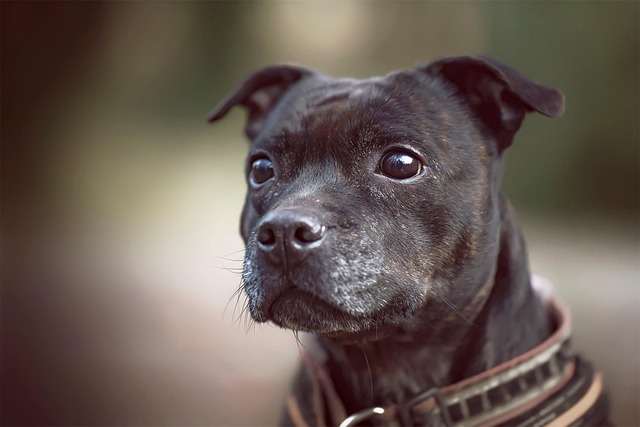
How do i train my dog to be obedient?
Watching your dog dart across the park ignoring your calls isn’t just frustrating—it can put them at risk near busy streets or public spaces.
Some dog breeds test even the most patient owners with their independent streaks, making training feel like an uphill battle. Hounds like the Beagle, for example, follow their noses above all else—if they catch a whiff of a squirrel during a walk, they’ll tune out every command you shout. This isn’t stubbornness; it’s their hunting instinct, honed over centuries to focus on scents rather than human cues. Even with consistent positive reinforcement, getting a Beagle to reliably come when called can take months of extra work.
Then there’s the Afghan Hound, a breed known for its elegance and its refusal to play by training rules. These dogs have a strong sense of self and often decide a command isn’t worth following if it doesn’t interest them. Try teaching one to sit for more than 30 seconds, and you’ll likely be met with a turned head or a slow saunter away. Their independent nature also means they don’t crave human approval as much as other breeds, so treats and praise might not motivate them as effectively.
 It’s important to remember that “hard to train” doesn’t mean “impossible”—and it also doesn’t excuse ignoring local dog laws. In many places, dogs must pass basic obedience tests to be allowed in public parks or off-leash areas. If you’re struggling with a difficult breed, skipping training could lead to fines or even having your dog restricted. Working with a certified trainer who understands breed-specific behaviors is key; they can help you tailor techniques to your dog’s instincts instead of fighting against them.
It’s important to remember that “hard to train” doesn’t mean “impossible”—and it also doesn’t excuse ignoring local dog laws. In many places, dogs must pass basic obedience tests to be allowed in public parks or off-leash areas. If you’re struggling with a difficult breed, skipping training could lead to fines or even having your dog restricted. Working with a certified trainer who understands breed-specific behaviors is key; they can help you tailor techniques to your dog’s instincts instead of fighting against them.
Living in a busy neighborhood adds another layer of challenge. A dog that doesn’t respond to “stay” might dart into traffic, putting themselves and others at risk. For breeds like the Basenji—another independent type that doesn’t bark but can be hard to redirect—consistent training from puppyhood is non-negotiable. Even small wins, like getting them to wait at a crosswalk, can make a big difference in keeping everyone safe and staying compliant with local regulations.
At the end of the day, every dog has its own personality, and some just need more time and patience than others. The key is to understand your breed’s instincts, stay committed to positive training methods, and always follow local laws to keep your dog and community happy. With the right approach, even the “hardest” dogs can become well-behaved companions that you’re proud to take out in public.

Watching your dog dart across the park ignoring your calls isn’t just frustrating—it can put them at risk near busy streets or public spaces.

New puppy owners often find themselves rushing to clean up accidents before they set in, and that’s where puppy pad training becomes a game-changer.

If you've noticed your dog's waistline disappearing and your veterinarian has mentioned those few extra pounds, your first instinct might be to simply reduce the amount of food in their bowl.

Training a dog to use a designated spot indoors isn’t as daunting as many new owners fear, but it does take consistency and an understanding of your pet’s needs.

That moment of dread on a walk is all too familiar for many new dog owners. You see another dog approaching down the sidewalk of your neighborhood

If the sight of another dog on your neighborhood walk makes your heart sink as your own dog erupts into a frenzy of barking and lunging, you're not alone.